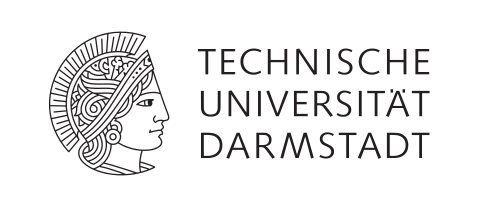In this workshop, we want to bring together the BMTT and PETS communities by organizing the First Joint Workshop on Tracking and Surveillance.
The idea behind PETS 2017 is to continue the evaluation theme of on-board surveillance systems for protection of mobile critical assets as set in PETS 2016. Such assets (including trucks, trains, and shipping vessels) could be considered as targets for criminals, activists or even terrorists. The sensors (visible and thermal cameras) are mounted on the asset itself and surveillance is performed around the asset. Two datasets are provided in PETS 2017: (1) a multi sensor dataset, as used for PETS2014 to PETS 2016, which addresses protection of trucks (the ARENA Dataset); and (2) an extended maritime dataset - the IPATCH Dataset - addressing the application of multi sensor surveillance to protect a vessel at sea from piracy. This dataset is unique in the sense that it comprises a suite of heterogeneous sensors (GPS, visual and thermal cameras) and fills a previous void of publicly available annotated datasets on the maritime domain. The extended dataset includes new videos with challenging boat movements to track.
From the BMTT 2017 side, we want to shift our attention to detections and their interaction with tracking. Several discussions during previous editions posed the question: How much is tracking really improving over detections? While it is clear that tracking accuracy depends heavily on detections, we have previously attempted to standardize the tracking community to use a fixed set of detections to focus on the tracking aspects and to allow for a more direct comparison of tracking methods. At the same time, however, deep learning methods on the detection task have enjoyed enormous success and rapid advances. Nonetheless, it turns out that pedestrians are a class where off-the-shelf methods like the Deformable Part-Based Models (DPM) still perform quite competitively, especially when it comes to generalization across different scenarios. To balance the desire of many members of the community to allow for using custom detectors and facilitating comparability of different trackers at the same time, MOTChallenge will change its format for this workshop: We will allow participants to submit their own sets of detections (which they have to make publicly available), and enforce all tracking methods to be tested on 3 different sets of detections. With these changes, we hope to evaluate trackers in a more comprehensive way, analyzing their behavior under different detection modalities. This should bring us closer to our goal of creating new evaluation metrics that measure only tracking accuracy, and are as decoupled from detections as much as possible.






